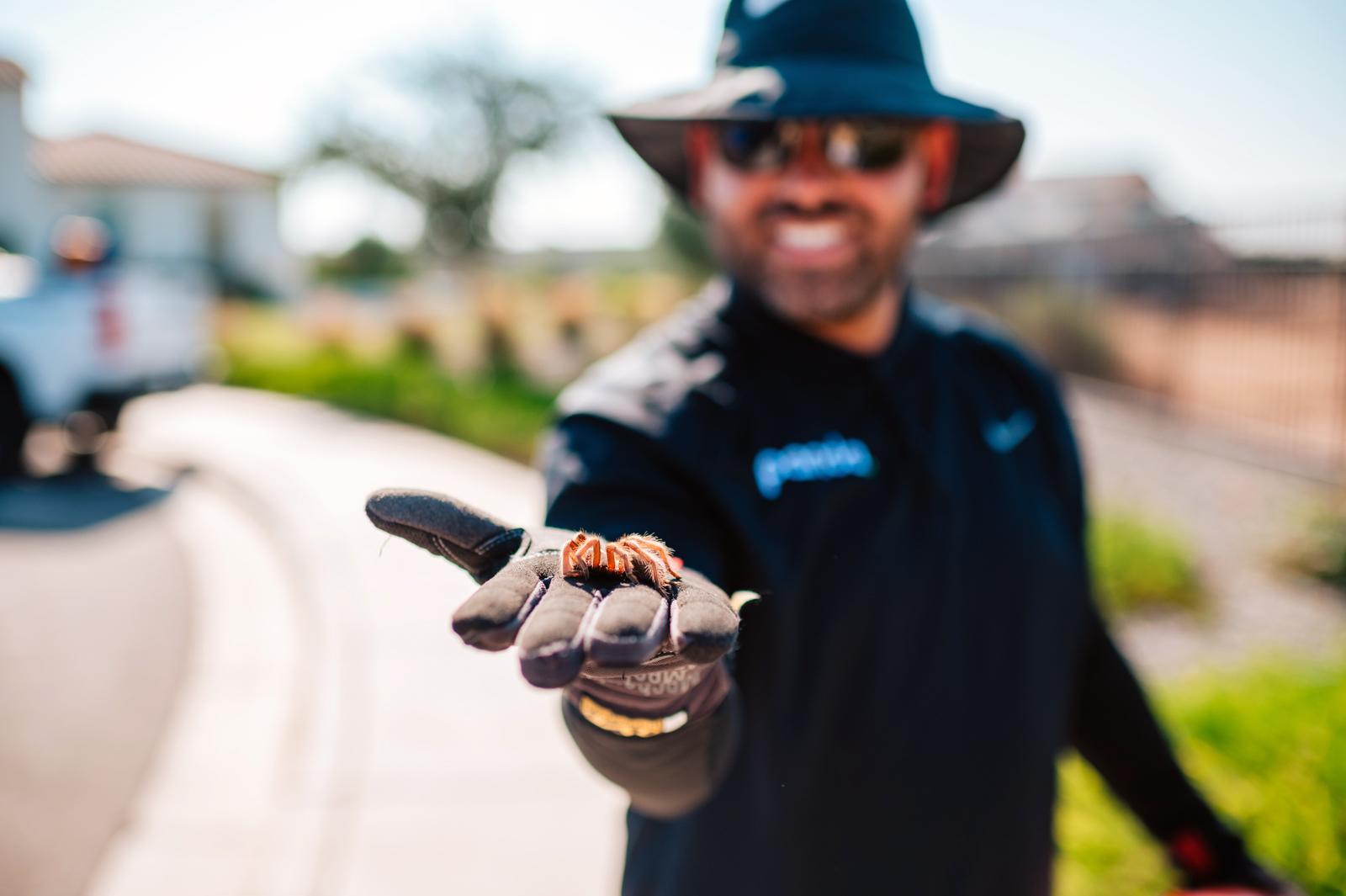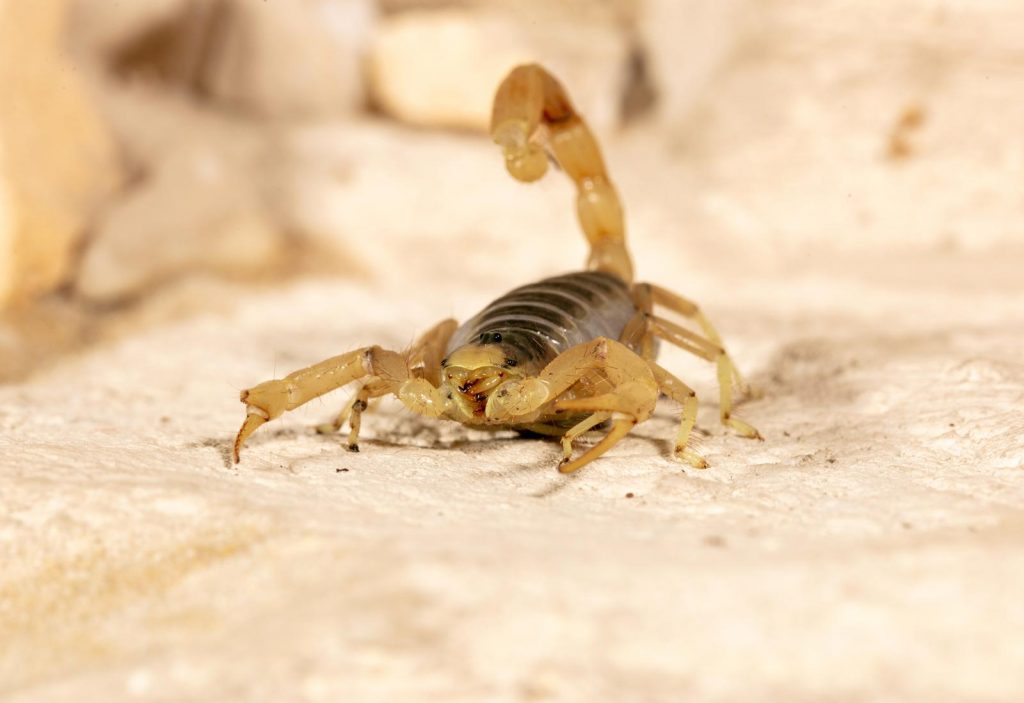Scorpions are among the most distinctive pests that Arizona homeowners face. Despite their fearsome reputation, effective scorpion control begins with understanding how these creatures behave, reproduce, and survive in the desert environment. With precise knowledge of their lifecycle and habits, residents can reduce their exposure and minimize long-term infestations through timely, preventative strategies.
This article walks through each stage of a scorpion’s development and explains how their biology shapes the best methods for safe and responsible pest management. Whether you’re seeing the occasional bark scorpion or noticing increased nighttime activity, targeted interventions backed by lifecycle awareness can go a long way in making your space less inviting.
The Lifecycle of a Scorpion: From Birth to Maturity
Scorpions have a fascinating yet resilient lifecycle that contributes to their persistence. Female scorpions give live birth to 20 to 30 young after a gestation period that can last several months, depending on species and environmental conditions. These young, known as scorplings, climb onto their mother’s back shortly after birth and stay there for protection until their first molt, typically within a week or two.
Once independent, scorplings undergo several molting stages over the course of two to four years before reaching adulthood. A mature scorpion can live anywhere from three to eight years, making them long-term residents if not properly addressed.
Their reproductive strategy, coupled with their ability to survive long periods without food, means even a small infestation can quietly grow into a significant problem over time.
Where and When Scorpions Are Most Active
Scorpions thrive in dry, warm environments and are particularly active from late spring through early fall. However, due to Arizona’s warm climate, scorpions may be encountered nearly year-round, especially inside temperature-regulated homes or garages.
They are nocturnal hunters and prefer to hide during the day in dark, secluded spots. These include:
- Under landscaping, rocks or decorative gravel
- In wall voids, crawl spaces, or attics
- Inside shoes, closets, or piles of laundry
- Beneath woodpiles or garden debris
Understanding their hiding preferences helps in locating risk areas around the home. As highlighted in the tips from this post on scorpion-proofing your Arizona home, reducing indoor harborage is a key part of control.
Conditions That Support Infestations
While individual sightings may not always signal an infestation, certain conditions increase the chances of long-term scorpion issues. If these elements are present, taking proactive action is crucial.
- Moisture buildup: Dripping outdoor faucets, leaky sprinkler heads, or clogged gutters create damp areas that attract scorpions and their prey.
- Access to food: Scorpions feed on ants, earwigs, and silverfish. If these pests are present, scorpions will likely follow.
- Openings and gaps: Foundation cracks, poorly sealed windows, and uncovered vents allow easy indoor access.
- Cluttered yards: Excess landscaping materials, woodpiles, and tall grass offer cool, shaded shelter from the sun.
These conditions often go unnoticed until pest activity becomes more visible. As discussed in the importance of hiring a local pest control company, having an experienced team familiar with Arizona’s climate and scorpion behavior provides a faster and more accurate solution.
Practical Scorpion Control Measures to Implement
Combining prevention with low-impact control tactics is the most efficient way to address scorpions without disturbing the desert ecosystem or introducing harsh chemicals. Residents can start with manageable, structural improvements that discourage movement into the home and outdoor living spaces.
- Seal common entry points: Caulk gaps around baseboards, windows, doors, and utility penetrations.
- Declutter: Remove yard debris, unused firewood, and rock piles that harbor pests.
- Trim vegetation: Maintain a safe buffer between shrubs and the home’s foundation.
- Check indoor moisture: Repair leaks under sinks or near air conditioning units.
- Improve lighting placement: Use yellow outdoor bulbs that attract fewer insects, reducing scorpion food sources.
Although these efforts can significantly limit encounters, scorpions are notoriously difficult to eliminate without professional support due to their nocturnal nature and reclusive hiding spots.
Why Lifecycle Awareness Strengthens Control
Targeting scorpions effectively requires more than surface-level removal. By aligning treatment timing with their lifecycle stages, especially during molting and post-breeding seasons, control becomes more precise and long-lasting. For example, baiting and barrier treatments are far more effective when scorplings are active and mobile, looking for safe hiding places.
Informed pest control also accounts for seasonal variations, like early summer peaks when juveniles begin dispersing. Recognizing these patterns lets professionals recommend more accurate and timely interventions, reducing the need for over-application of products or repeat treatments that fail to address root causes.
By combining lifecycle knowledge with consistent prevention, homeowners can disrupt scorpion populations in a sustainable, safe, and locally informed way.
Take Action Before They Settle In
If scorpions are becoming frequent visitors or you suspect they may be nesting nearby, it’s time to explore targeted solutions that actually work. For expert scorpion control and personalized prevention strategies tailored to Arizona conditions, contact Panda Pest Control today.



